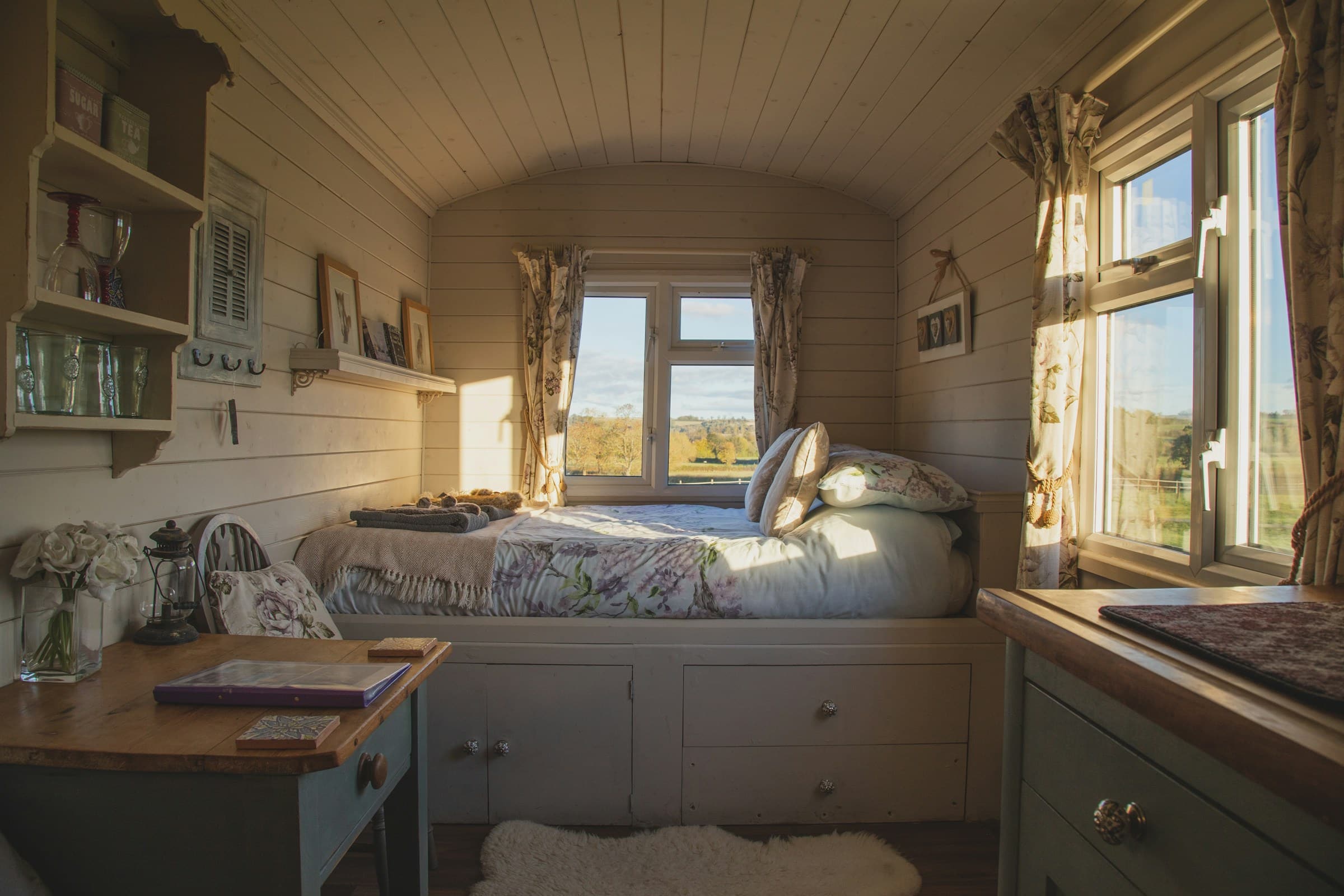How do you design a UK coastal bedroom that withstands salt air and moisture?

Living on the coast comes with many benefits, including stunning views and easy access to the beach. However, coastal homes also face unique challenges, primarily due to the harsh weather conditions, salt air, and moisture from the sea. For those of you who live or plan to build a home along the UK’s breathtaking coastline, designing a bedroom that can withstand salt air and moisture is crucial. This article will guide you through the key considerations and practical solutions for creating a coastal bedroom that is not only beautiful but also durable and weather-resistant.
Choosing the Right Building Materials
To begin with, selecting the right building materials is paramount. The coastal environment can be unforgiving, with high winds, salt air, and moisture posing a constant threat. Therefore, the materials you choose should be able to withstand these conditions.
A lire en complément : What are the best materials and plants for a UK sensory garden designed for therapeutic purposes?
Concrete, for example, is a reliable choice for the structural aspects of the bedroom. It is durable, resistant to moisture, and provides excellent insulation against cold coastal winds. However, you will need to ensure that the quality of the concrete is high, as poor-quality concrete can be prone to salt crystallization, which could lead to damage over time.
For the interior surfaces, consider using marine-grade plywood or treated lumber, as these materials resist warping and swelling caused by high humidity. For windows, opt for high-quality, energy-efficient products that can prevent condensation and reduce heat loss.
Lire également : How can you create a fire-resistant landscape in a UK rural setting?
Optimum Design and Layout
The design and layout of your bedroom play a significant role in its resilience against coastal conditions. Good air circulation is vital for preventing the buildup of moisture and salt, so include plenty of windows in your design. However, remember to position them in a way that will not allow the wind to drive rain and ocean spray into the room.
Another beneficial design element is a pitched roof. The slope provides an avenue for wind to pass over the building, reducing the pressure and potential for wind-driven rain to penetrate the structure. It's also an excellent design for preventing the accumulation of moisture, as it encourages better air circulation.
Protecting Against Salt Air
Salt air is one of the most damaging aspects of living on the coast. It can cause corrosion and deterioration of many materials, so it’s critical to take steps to protect your bedroom from it.
One of the most effective ways to combat salt air is through regular maintenance. This includes cleaning surfaces regularly to remove any salt buildup and repainting or resealing surfaces as needed. It's also worthwhile investing in salt-resistant products and materials. For instance, stainless steel hardware is more resistant to salt air corrosion than other types.
Ensuring Moisture Control
Moisture control is another key aspect of designing a coastal bedroom. High levels of humidity can lead to dampness, mould growth, and damage to furnishings.
To control moisture, consider incorporating a dehumidifier into your bedroom design. This device can help maintain the ideal humidity level, preventing dampness and the growth of mould. Ventilation is also crucial, so ensure your bedroom design includes plenty of vents and windows that can be opened to allow moist air to escape.
Incorporating Energy Efficiency
Finally, while designing your coastal bedroom, don't forget about energy efficiency. The coastal environment can be challenging due to fluctuations in temperature and wind levels, but with the right design, you can ensure your bedroom stays comfortable without consuming excessive energy.
For instance, good insulation is crucial for maintaining a comfortable temperature in your bedroom. Insulated windows and walls can prevent heat loss in the winter and keep the room cool in the summer. Additionally, consider using energy-efficient lighting and appliances to further reduce energy consumption.
In conclusion, designing a coastal bedroom that can withstand salt air and moisture involves careful consideration of materials, design aspects, and ongoing maintenance. With careful planning and appropriate measures, you can create a stunning coastal bedroom that is as durable and weather-resistant as it is beautiful.
Effective Maintenance Strategies
Ensuring the longevity of your coastal bedroom requires more than just choosing the right materials and design. Continuous and effective maintenance is also necessary to protect your room from the damages caused by salt air, moisture, and other harsh weather conditions.
Regular cleaning is vital to remove salt crystals and prevent salt crystallization, which can lead to corrosion and deterioration of materials. Use fresh water to wash off any sodium chloride deposits on your windows, doors, and other exposed surfaces. Additionally, consider investing in a high-quality air purifier. This appliance can help improve indoor air quality by filtering out salt particles, dust, and other pollutants.
Besides cleaning, it's also crucial to regularly check and repair any damages in your bedroom. Look out for signs of distress like peeling paint, mould growth, or warping in wooden windows and doors. Ignoring minor issues can lead to serious problems down the line, so ensure that you address them as soon as they pop up.
Utilising Salt-Resistant Decor and Furnishings
Living in coastal areas doesn't mean you have to compromise on aesthetics. There are plenty of salt-resistant decor items and furnishings available that can withstand the challenging conditions while still adding beauty and charm to your bedroom.
Opt for furnishings made from materials that are known for their resilience to salt water, like teak or other tropical hardwoods. These materials are not only resistant to salt but also to mould and pests, making them ideal for coastal homes.
When it comes to decor, consider using ceramic or glass items as they are less susceptible to harm from salt air. You can also add a touch of the seaside to your bedroom by using coastal-themed decor items like seashells, driftwood or marine-inspired artworks. However, remember to clean these items regularly to prevent salt build-up.
Conclusion
In essence, designing a UK coastal bedroom that can withstand salt air and moisture involves a mixture of strategic planning, selection of suitable building materials, optimal design layout, regular maintenance, and the choice of salt-resistant decor and furnishings. By paying attention to details like ensuring good ventilation, maintaining the relative humidity, and choosing high-quality windows and doors, you can create a beautiful bedroom that not only stands up to the harsh coastal weather conditions, but also provides a comfortable and energy-efficient living space. With these tips in mind, you can enjoy the beauty and tranquility of your coastal home without worrying about the effects of salt air and moisture.
